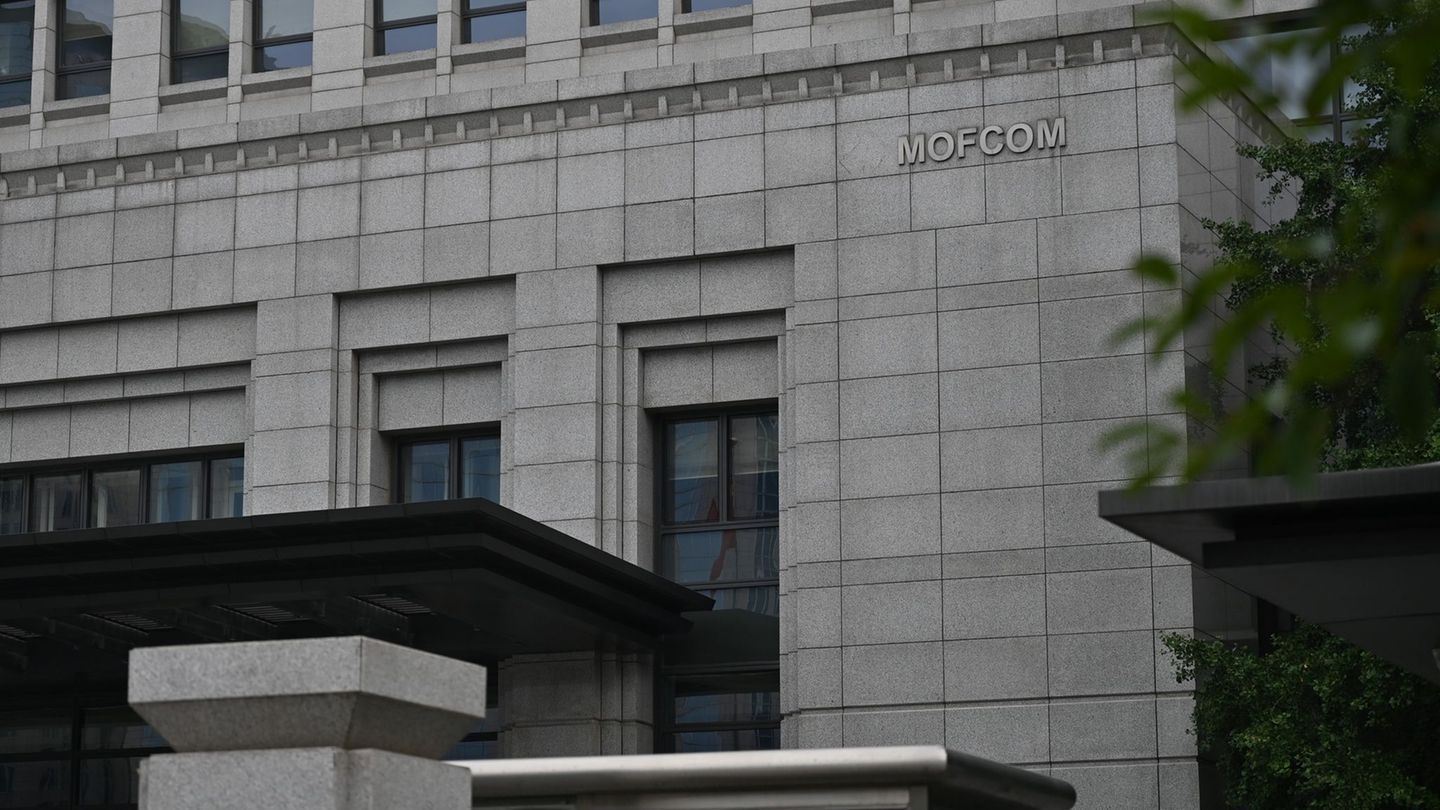As we mark the first anniversary of the disruptive – from various angles – government of President Javier Milei, the current photo of the Argentine economic situation offers a balance marked with various lights and shadows of various tones and nuances, and many pending accounts towards 2025.
With structural reforms and orthodox measures -although some not so much-, in a context of minority in both chambers of Congress, without governors or mayors of his party, the libertarian leader left marked an imprint that clearly divided the waters in a society, whose majority has tolerated for the moment an unprecedented adjustment in spending in record time.
While some sectors celebrate progress and value the macroeconomic stabilization (clearly observed in the abrupt moderation of inflation), traversed by the growing deregulation of the market, other strata of the population warn – and suffer – from the social costs and imbalances that still persist today (with origins from yesteryear, despite the fact that the deepening of certain scourges hovers over the debate. under the current administration).
Listed below are the main achievements of the ruling party in economic matters, the negative effects that were felt in the social and productive fabric – with varying magnitudes -, and the agenda of multiple challenges that will mark the roadmap towards a key year, such as 2025.
Javier Milei’s first year: main economic achievements
Inflation: The drop in inflation from 25.5% in December to around 2.7% last October is probably one of the Government’s greatest achievements. Milei’s economic management was characterized by a significant fiscal and monetary adjustment, and an exchange rate policy that maintained a crawling peg of 2% monthly over the months. These guidelines, together with the recession of the economy, -and despite the upward adjustment of public service rates-, led to a brake and abrupt decline in the inflationary process that had been accelerating – since the last years of the administration of then President Alberto Fernández, and the Minister of Economy Sergio Massa – and which deepened with the devaluation of 54% of the peso on December 13, 2023, at the start of the libertarian’s administration (the official dollar went from $366.45 to $800, with a parallel of $1,070, the same levels as today, after touching $1,500 last July). Let us remember that in January the CPI fell to 20.6%, in February to 13.2%, in March to 11% and in April it began to be in single digits with 8.8%. Already in May there was another sharp drop to 4.2%, and then it continued to decline – with some resistance at 4% – until it was below 3% at present. “There is a consensus that the fiscal balance was fundamental, but equally or more important was the policy of 2% monthly devaluation, which indicates that the official exchange rate was the nominal anchor that managed to coordinate expectations and give credibility to the anti- inflationary, which has been working very well”, evaluated from Econviews.
Exchange gap: with ups and downs and some resistance until mid-year, when the management peaked, at almost 60%, with a blue dollar of $1,500, the reduction of the spread between the official and the parallel to almost zero is another positive point for the Government . To achieve this milestone, the Government decided to close all monetary issuance taps, including the one it used to buy export dollars. In the middle of the year, it determined that part of the dollars it acquired in the official market would later be sold in Cash with Settlement to reabsorb the pesos issued. Also helped by the dollar blend, money laundering and carry trade, from that moment on the price of the dollar maintained its downward trend. Thus, the price of the parallel dollar aims to close 2024 with a rise of around 10%, well below inflation, which will be closer to 120%.
Milei Economy: Main Negative Effects
Economic recession and slow recovery: The disinflation process was also induced by a strong recession that reached its bottom between March and April, and then began a tenuous recovery, with ups and downs, and far from the “V” shape that the Government predicted. 2024 will close with a 3% contraction.
Loss of purchasing power of employees and retirees: The drop in activity was also associated with the loss of purchasing power of pensions and salaries (with various speeds and dimensions), due to the inflationary process and the increase in rates due to the removal of subsidies. “Formal private salaries at the beginning of Milei’s government were the lowest in the last 12 years and pensions were the lowest since 2010. An unprecedented adjustment was imposed on that critical level of income, which explains the difficulties that the economy has today. to recover,” recalled economist Pablo Moldovan, Director of CP Consultora.
Growth of poverty and indigence: As a result of the inflationary acceleration in the first months of administration, and the abrupt drop in real wages, poverty levels exceeded 50% in the first half of the year, reaching a level not seen in two decades. Although these records are moderating, given the (slow) recovery of real wages, the indicator could remain above 45% at the end of 2024, that is, it is still very high levels.
Milei Economy: pending accounts 2025
By 2025, Milei and his economic team will have several challenges and will inevitably have to face them, given the underlying fragility that the Argentine economy still maintains.
Exchange rate: In the market there is consensus that a weak point of the economic program is the slowness in definitively lifting restrictions on the dollar. In the first instance, it had been planned to end it last June, but the date moved forward as the months went by, along with the addition of conditions. Now, the market consensus believes that it will only rise after the legislative elections in October next year. Renegotiate agreement with IMF: the government and the IMF are negotiating a new agreement that refinances the entire program in longer terms and the possibility of including fresh funds to finance the exit from the stocks.
Central Bank Reserves: Another weak point has been the recomposition of international reserves, which remain negative. They went from -11 billion dollars at the end of last year to about -5 billion dollars recently. Although these numbers represent an improvement, they are far from having returned to positive values. This situation has led the Government to be very cautious with a possible lifting of the exchange rate. In recent months the Central Bank has accumulated dollars again, although a large part is “due to private sector debt and not due to a surplus in the current account, which is more sustainable,” they explained from Econviews.
Let the rebound in economic activity be felt in “the street”: The challenge of 2025 for the Government is that the macro numbers finally go down to the micro, and above all they are felt in mass consumption, one of the segments that most felt the adjustment of economic policy.
Source: Ambito




